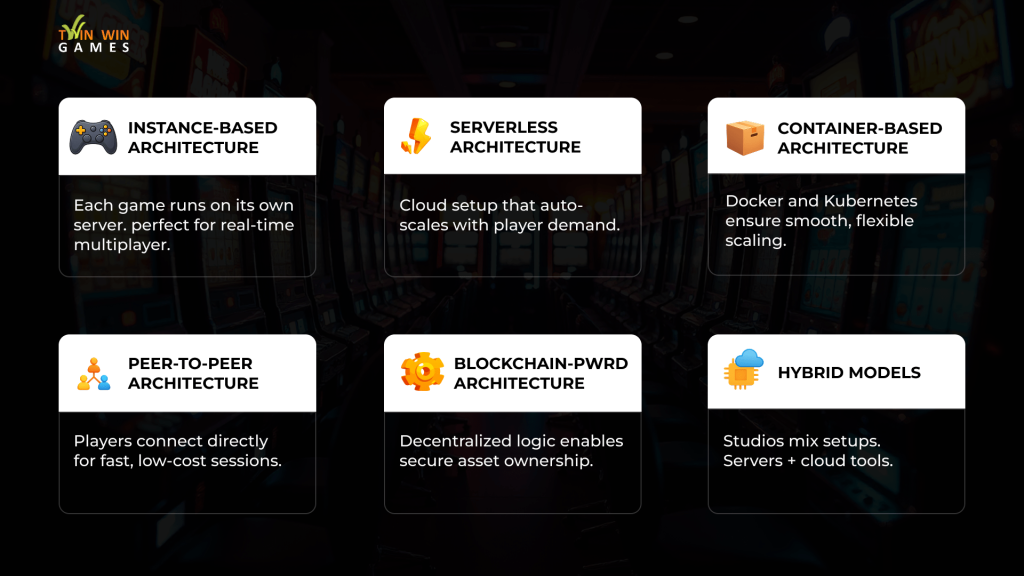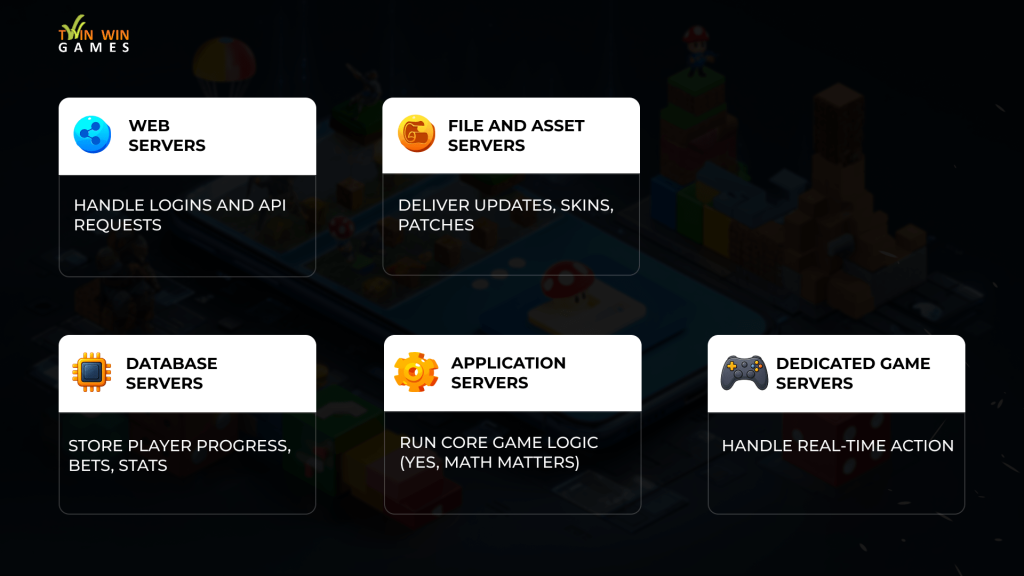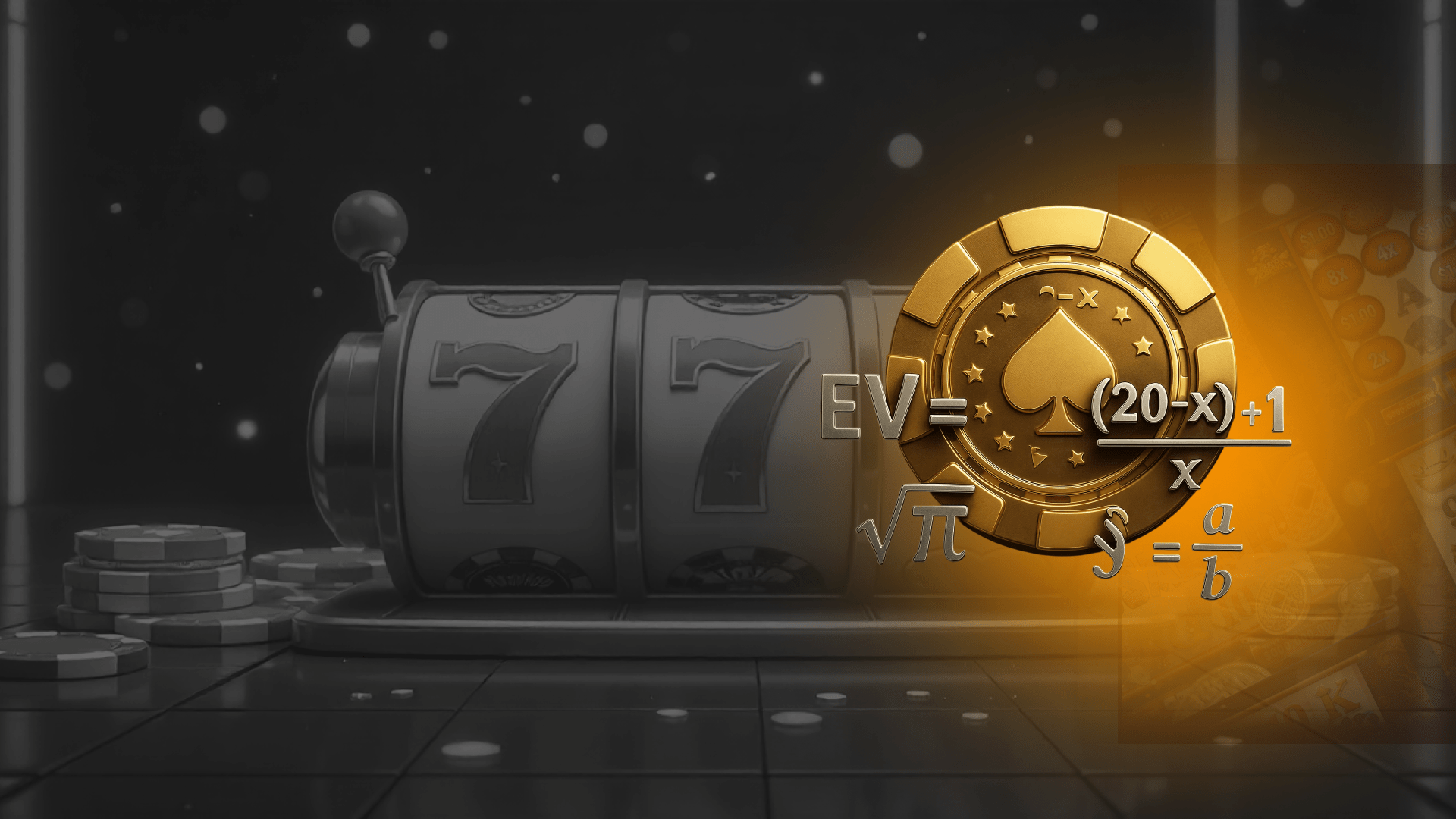Every modern online game runs on more than graphics and gameplay. Behind the scenes, game backend development provides the infrastructure that manages accounts, stores player progress, processes payments, and keeps multiplayer sessions stable.
Without a strong backend, features like matchmaking, leaderboards, and live events would not exist. Backend design defines how players interact, how data is tracked, and how operators scale their titles for global audiences.
The role of backend in modern multiplayer and live games
Single-player titles can function without a backend, but multiplayer and live games rely on it completely. A well-built backend handles millions of connections, secures transactions, and ensures players have a seamless experience across devices. For studios, it also opens monetization opportunities by powering in-game purchases, ads, and subscriptions.
Core Concepts in Game Backend
At its core, the backend connects the client (the game running on a device) with the server infrastructure. This connection supports real-time interaction, persistent data storage, and business logic.
Key concepts include:
- Scalability: the ability to handle thousands or millions of concurrent users.
- Latency management: ensuring fast response times for real-time actions.
- Persistence: keeping player progress safe and accessible.
- Security: protecting accounts, payments, and sensitive data.
Main Components of Game Backend Development
Different projects require different architectures. Here are the most common approaches.

Instance-based architecture
Each game session runs on a dedicated server instance. Common in competitive shooters and large-scale MMOs.
Serverless architecture
Relies on cloud services that scale automatically. Good for mobile games with fluctuating traffic.
Container-based architecture
Uses Docker or Kubernetes to package and scale backend services. Offers flexibility and reliability.
Peer-to-peer architecture
Players connect directly to each other. Lower cost but less control over cheating and stability.
Blockchain-powered architecture
Supports decentralized ownership of assets and accounts. Adds transparency but brings performance challenges.
Hybrid models for complex projects
Many AAA and mid-size studios combine models. For example, mixing dedicated servers for gameplay with serverless tools for analytics and monetization.
Types of Servers in Game Development
Different server types play different roles in backend systems.

Web servers
Manage HTTP / HTTPS requests from client apps and browsers, handle user authentication, API calls for game data (login, session validation, platform interaction).
Application servers
Execute the core game logic: gambling rules, spin mechanics, bonus round activation, matchmaking and state transitions. They act as the engine interface between web front-end and data/storage layers
File and asset servers
Store and serve large binary assets: skins, themes, patches, downloadable content (DLC), and game updates. Ensure players get the correct versions and assets with minimal latency.
Database servers
Maintain persistent player data: account info, wager history, progression, leaderboards, in-game purchases, inventory; support queries, analytics and user-behaviour tracking.
Dedicated game servers
Maintain real-time multiplayer sessions. Essential for shooters, MOBAs, and other competitive genres.
Essential Features of a Robust Game Backend
Authentication and authorization
Secure login and identity management keep accounts safe. Multi-factor authentication is often added for extra security.
Payment systems and in-game economy
Backend integration supports credit cards, wallets, and regional payment methods. It also manages in-game currencies, purchases, and refunds.
Leaderboards, achievements, and social features
Community interaction depends on backend support. Features like rankings, player-to-player challenges, and achievement systems enhance engagement.
Analytics and monitoring tools
Studios use analytics to track retention, revenue, and player behavior. Monitoring ensures infrastructure stays online during peak traffic.

Key Takeaways
Game backend development is the foundation that allows modern titles to scale, monetize, and thrive in competitive markets. From handling player accounts to managing live events, backend systems determine how players experience the game and how operators sustain growth.
Studios without in-house expertise often choose partners for backend design, deployment, and support. Twin Win Games offers backend game development solutions built to support multiplayer, casino, and live service projects.
Our backend covers every critical area of infrastructure:
- Game logic and mechanics processing: real-time event handling, jackpot management, and adaptive difficulty balancing.
- Scalability and high performance: cloud deployment, microservices architecture, auto-scaling, and stress-tested systems for peak loads.
- Security and compliance: encryption, secure authentication, regulatory reporting, and AML compliance with standards such as GDPR, ISO 27001, GLI, and MGA.
- Third-party integrations: seamless connections to casino platforms, payment systems, analytics tools, and live operations services.
With these capabilities, developers gain reliable infrastructure, faster release cycles, and smoother player experiences. For ambitious projects, partnering with Twin Win Games helps avoid technical pitfalls and ensures long-term stability.
Learn how our backend game development services align with your goals.
FAQ
Can blockchain be used for game backend development?
Yes. Blockchain can manage ownership of digital assets, enable secure trading, and support decentralized economies. But it requires additional infrastructure to handle scalability and performance issues.
How does game backend development differ from traditional web backend development?
Game backends must support real-time interaction, low latency, and persistence for millions of concurrent users. Web backends often focus on transactional data and static content.
What types of servers are most common in game development?
Database servers and dedicated game servers are the most widely used. Application and asset servers support gameplay features, while web servers handle requests and APIs.





